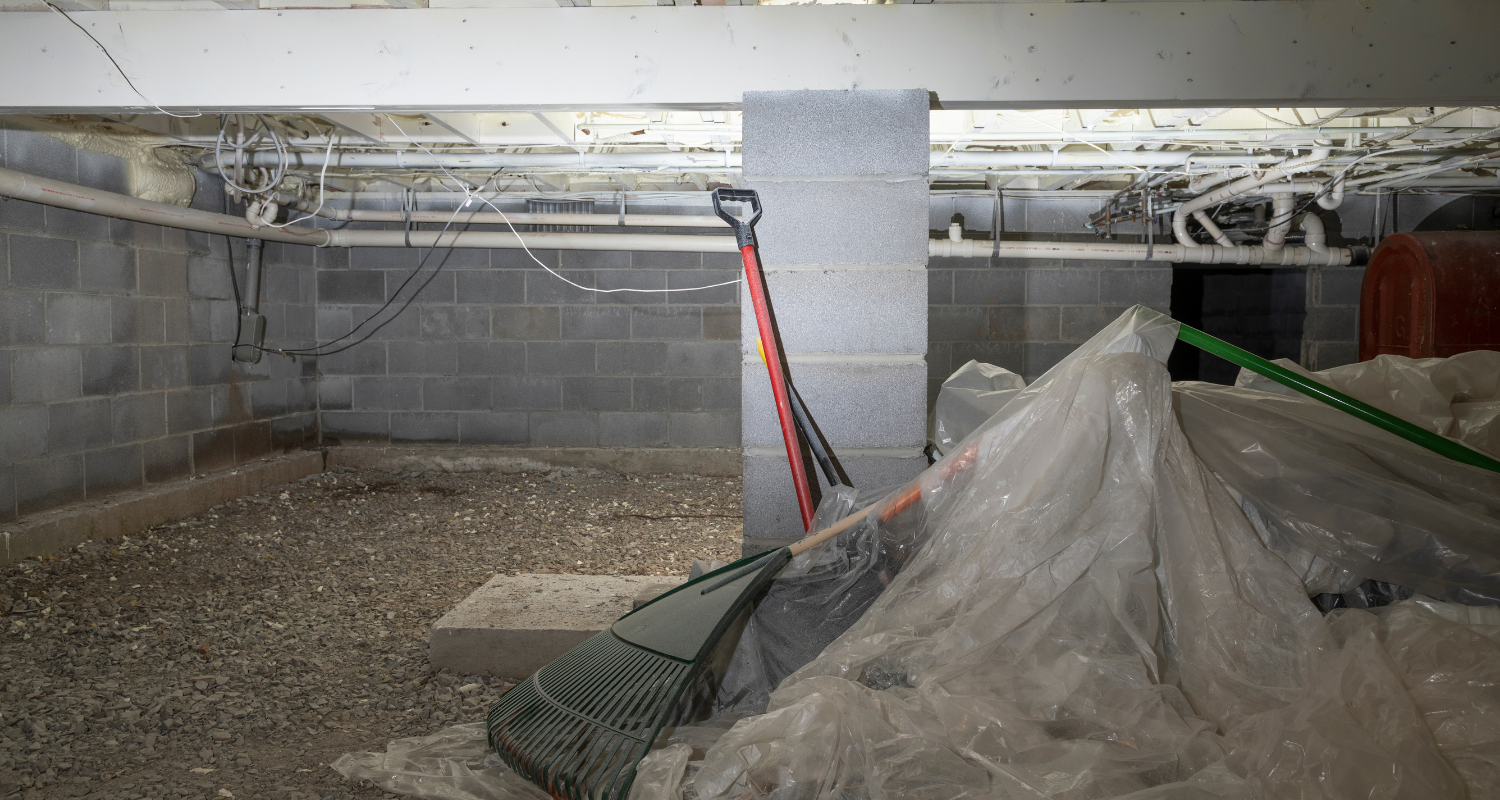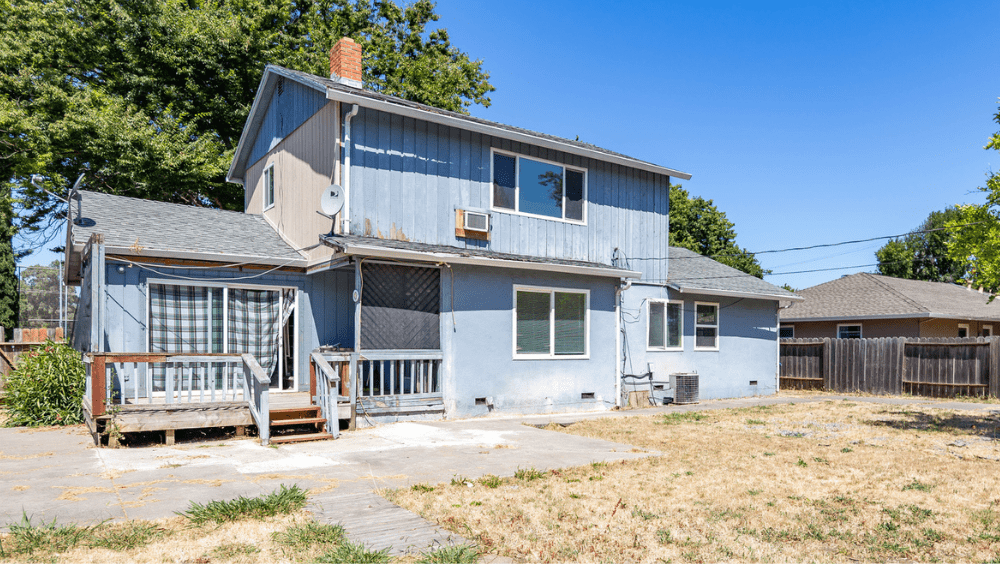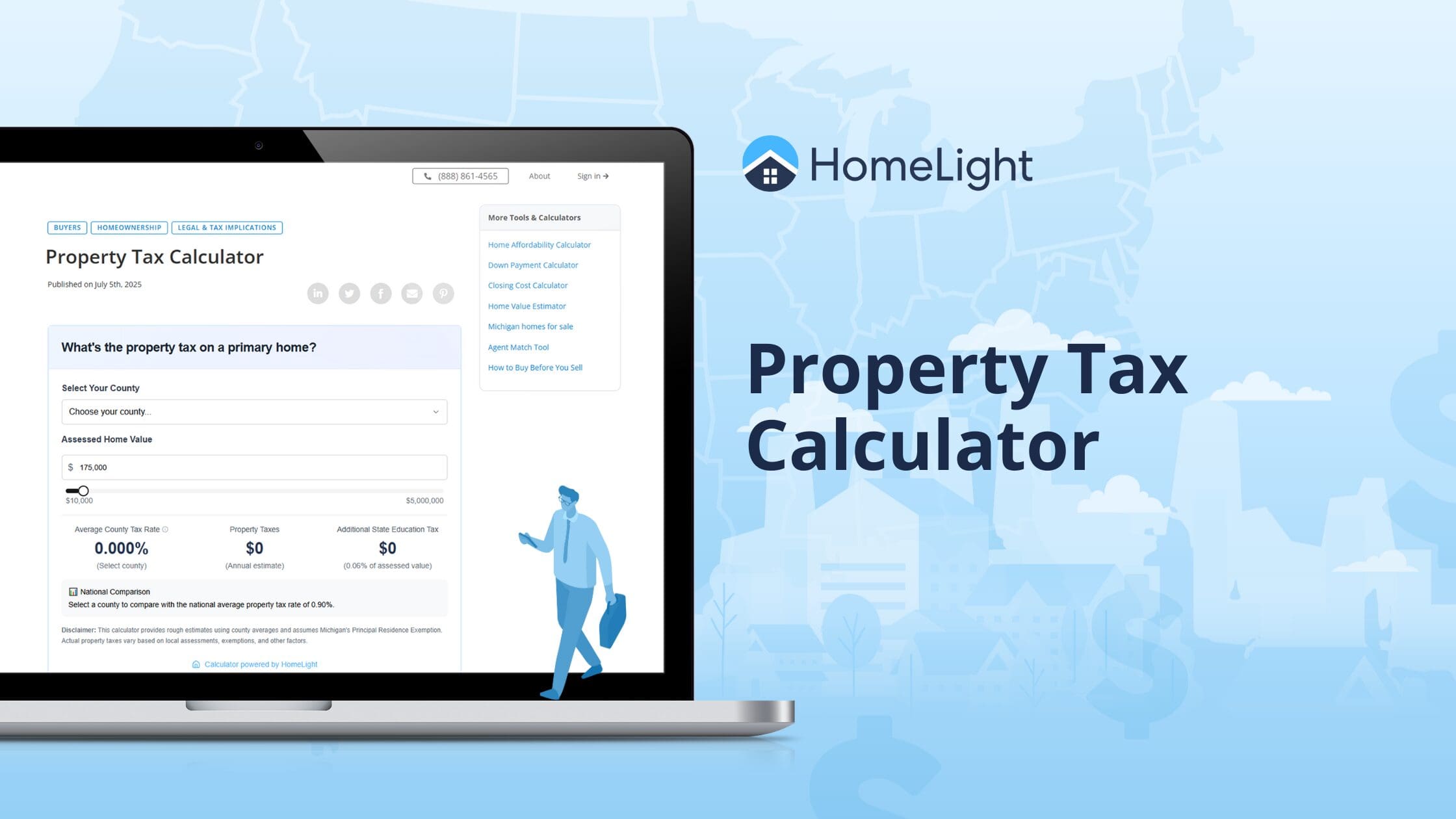
In the U.S., roughly 15% to 20% of new homes are built on crawl spaces. That’s on top of about 27 million existing homes built on crawl spaces. This space beneath your home can be the foundation for its success or the groundwork for its problems — here’s what you need to know. A crawl space is a type of foundation that features short walls no taller than 4 feet. The resulting space between the home’s first floor and the ground allows people to crawl underneath the house — hence, the name — to access the plumbing, HVAC, electrical, insulation, and even floorboards for maintenance. A crawl space is less expensive than a basement because it requires less excavation and material for the foundation walls. Usually unheated, a crawl space may be ventilated to permit airflow through the crawlspace. Unfortunately, these vents can let moisture in, causing many of the crawl space issues we’ll touch on below. While crawl spaces have many advantages, they can have their problems, too. Here’s an overview of common crawl space issues and how to fix them. If your house smells musty, you might have mold in your crawl space. As much as half of the air on the first floor of your home comes from the crawl space. Air enters through ducts that allow air from the crawl space to mix with air in the house or by the stack effect, which pulls air from the crawl space to the upper floors. If mold is present in the crawl space, the air filtering upward will smell musty. Causes of mold in the crawl space include: Here are some solutions to the above problems: The American Society of Home Inspectors reports that more than 60% of the homes in the U.S. have had water or moisture in their basement or crawl space. Moisture can damage a home’s foundation, warp hardwood floors, rot support beams, invite pests, cause mold, and even raise energy bills. Damp crawl spaces also attract wood-destroying fungi, species of fungus that digests moist wood, resulting in wood rot. Causes of water in the crawl space include: Because a water or moisture problem in your crawl space often results from a combination of issues, a package deal may be the answer: encapsulation. Encapsulation includes vapor and thermal barriers, insulation, a drainage system, and a dehumidifier. During the encapsulation process, professionals seal the vents, replace damp and damaged insulation, and lay a thick vapor barrier on top of the ground. Encapsulating the crawl space can resolve moisture issues and prevent mold. Other benefits include eliminating insect infestation, protecting your home’s structural stability, and improving your home’s energy efficiency. On average, encapsulation costs between $5,500 to $7,500. You can solve minor moisture issues with a dehumidifier, costing $1,860 to $2,510 on average. You should hire a professional for this task to ensure you’re placing the dehumidifier in the best spot. If there’s standing water in your crawl space, you’ll need to install a sump pump to move moisture out of the area. Submersible sump pumps sit in a pit in the deepest part of the space, while pedestal sump pumps sit outside of the water. Both automatically activate when water is detected and pump the water outside through a discharge pipe. The average cost to install a sump pump is $1,100, a reasonable investment to protect your home from costly water damage. Plus, a sump pump may add value and marketability to your home when it’s time to sell. If your gutters and downspouts are damaged or clogged, they’re not properly directing water away from your home, which can lead to moisture in the crawl space. Replacing gutters and downspouts ranges from $580 to $1,516. However, yours may just need a good cleaning. Professional gutter cleaning costs between $149 and $219 for a single-story house, or $237 to $297 for a two-story home. Digging and replacing sewer lines to prevent future storm sewer backups can cost between $50 and $200 per foot. The average total is $2,250 to $5,750. To eliminate moisture and related issues, you should also replace any rotted support beams. Unfortunately, this is not a cheap repair: it can cost anywhere between $1,500 and $5,000, depending on the material. Keep in mind that the water damage in your crawl space may be limited to one specific area, reducing the cost to fix its cause. You may save money and aggravation if you first hire a home inspector or basement waterproofing company to assess the situation and help you make a plan. Kusturin shares that her company, like many others, offers free inspections. They start with a visual examination. If the inspector sees any sign of damage, he will then tap on or probe the wood in search of structural damage. An inspector may also use a moisture meter. Culprits behind the foul smells emanating from your crawl space may include: To eliminate odors, you or a professional must enter the crawl space to remove debris, animal carcasses, and other rotting items. You can hire a company to perform a simple crawl space cleaning for $500 to $4,000, depending on size, accessibility, and condition. If soil is the source of the smell, a professional may install a vapor barrier for around $1,200 to $4,000. Got the creepy crawlies? Vented and unsealed crawl spaces provide safe harbor for a number of critters seeking warmth and moisture, such as: Pests cause structural, insulation, and wiring damage in your home. Even worse, they can trigger allergies and other health issues for your household members. For example, cockroaches can spread six types of parasitic worms, seven kinds of human pathogens, and 33 types of bacteria, including E. coli and salmonella. Prevention is always best. Keep the critters out of your crawl space with these solutions: An exterminator can cost anywhere from $200 to $4,000. Kusturin points out that a pest control company can treat the area, but only a licensed contractor can repair the damage. But before you call a pest control company, you may want to give it a try on your own. Here are some tips to keep unwanted visitors out of your crawl space: Some sources suggest placing ammonia-soaked rags or mothballs in the crawl space to encourage larger pests to move along. A vented crawl space allows air to draft into your home, leading to increased energy bills as you attempt to regulate indoor temperature. If your crawl space walls aren’t insulated, your home is even less energy efficient. Here’s how you can improve your crawl space’s insulation to reduce energy bills: With careful attention and preventative measures, you can easily resolve most crawl space issues. “People think only of the living spaces. They don’t think about crawl spaces,” shares Kusturin. Her company recommends inspecting your crawl space every couple of years, even if you don’t notice a problem. That way, you can catch issues before structural damage occurs. Header Image Source: (JPJPJP / ShutterStock)What is a crawl space?
Potential problems in the crawl space
Problem #1: Old house smell
Problem #2: Moisture damage
Encapsulation
Add a dehumidifier
Install a sump pump
Repair systems contributing to water in the crawl space
Replace waterlogged wood
Hire a pro for a multifaceted solution
Problem #3: Rotten smell
Crawl down to remove the source of the odor
Problem #4: Pest infestation
Prevent pests from entering the crawl space
Problem #5: High energy bills
Care for your crawl space



